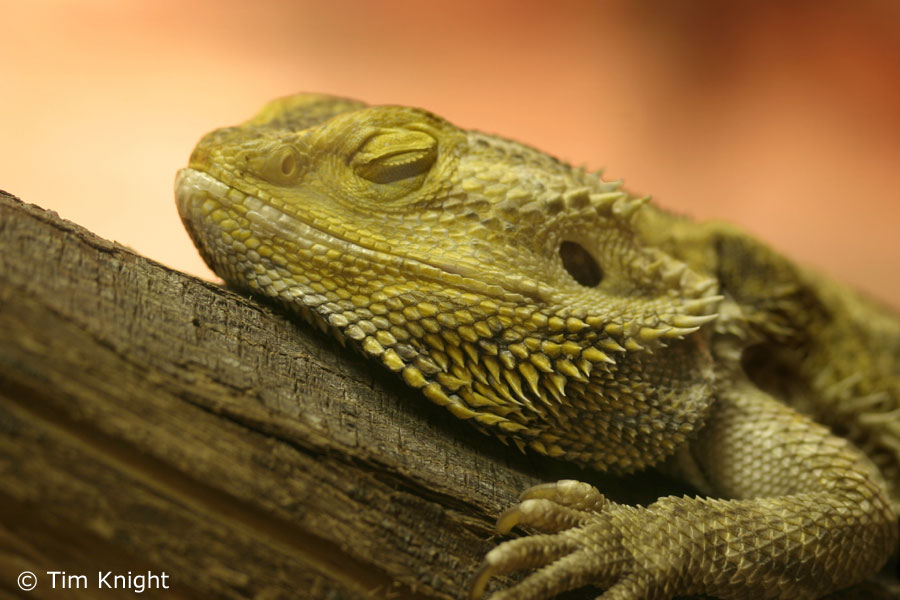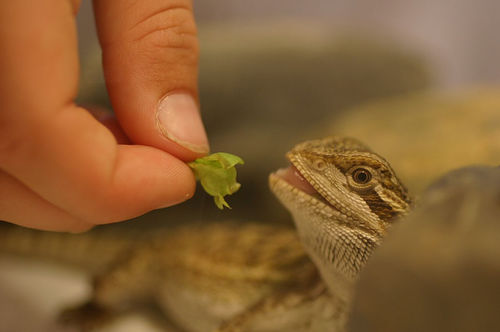Regular Bearded Dragon: Everything You Need to Know About Your New Pet
Regular Bearded Dragon: A Beginner’s Guide

If you’re considering getting a bearded dragon as a pet, you’re in for a real treat. Bearded dragons are fascinating creatures with unique personalities and behaviors that make for a rewarding and enjoyable pet ownership experience. In this beginner’s guide, we’ll take a look at everything you need to know about regular bearded dragons, from their natural habitat to their dietary needs and everything in between.
What Is a Regular Bearded Dragon?
A regular bearded dragon, or Pogona Vitticeps, is a type of reptile commonly kept as a pet. They are native to Australia and are found in a wide range of habitats, from deserts to woodlands. Bearded dragons get their name from the spiny protrusions under their chin, which can puff up to form a beard-like display when threatened or as a form of courtship behavior.
.jpg)
What Does a Regular Bearded Dragon Look Like?
Bearded dragons are medium-sized lizards, typically growing to about 18 to 24 inches in length. They have broad, triangular heads and long, muscular bodies covered in spiny scales. Their coloring can vary depending on their habitat, but they typically have tan or brown bodies with darker patterns or bands. A bearded dragon’s tail makes up about two-thirds of their length and can be used to store fat reserves.

What Do Regular Bearded Dragons Eat?
Bearded dragons are omnivores, meaning they eat both plant and animal matter. In the wild, they primarily feed on insects, but they will also eat vegetation like fruits and flowers. As pets, bearded dragons can be fed a diet of both live prey, like crickets and mealworms, and vegetables like collard greens, carrots, and squash. It’s important to provide a balanced diet to ensure your bearded dragon receives all necessary vitamins and nutrients for their health.

Housing Needs for Regular Bearded Dragons
Bearded dragons require a specific type of housing to ensure their health and happiness. A glass terrarium is often the best option, as it provides ample space for your bearded dragon to move around and explore. The size of the terrarium should be based on the size of your bearded dragon, with a minimum of 40 gallons recommended for an adult. Your bearded dragon’s habitat should include a basking area with a heat lamp, a UVB light, and plenty of hiding spots and climbing opportunities.

Taking Care of Your Regular Bearded Dragon
Bearded dragons are relatively easy to care for, but they do require some attention to ensure their health and well-being. Daily tasks include feeding your bearded dragon, providing fresh water, and spot cleaning their habitat. You’ll also want to regularly monitor their behavior and physical appearance for any signs of illness or injury. Additionally, bearded dragons require regular veterinary check-ups to maintain their health.
Bonding with Your Regular Bearded Dragon
Bearded dragons can be friendly and social animals, and they can form strong bonds with their owners with proper care and attention. To bond with your bearded dragon, try hand-feeding them treats or engaging in regular handling and playtime. You may also want to consider allowing your bearded dragon to roam freely in a secure area under supervision to help them get more exercise and stimulation.

Key Takeaways
With proper care and attention, a bearded dragon can make an excellent pet for beginners and experienced reptile enthusiasts alike. By providing a comfortable habitat, balanced diet, and regular veterinary care, you can ensure your bearded dragon remains healthy and happy for years to come. And with their unique personalities and behaviors, you’re sure to enjoy every moment spent with your new scaly friend.
